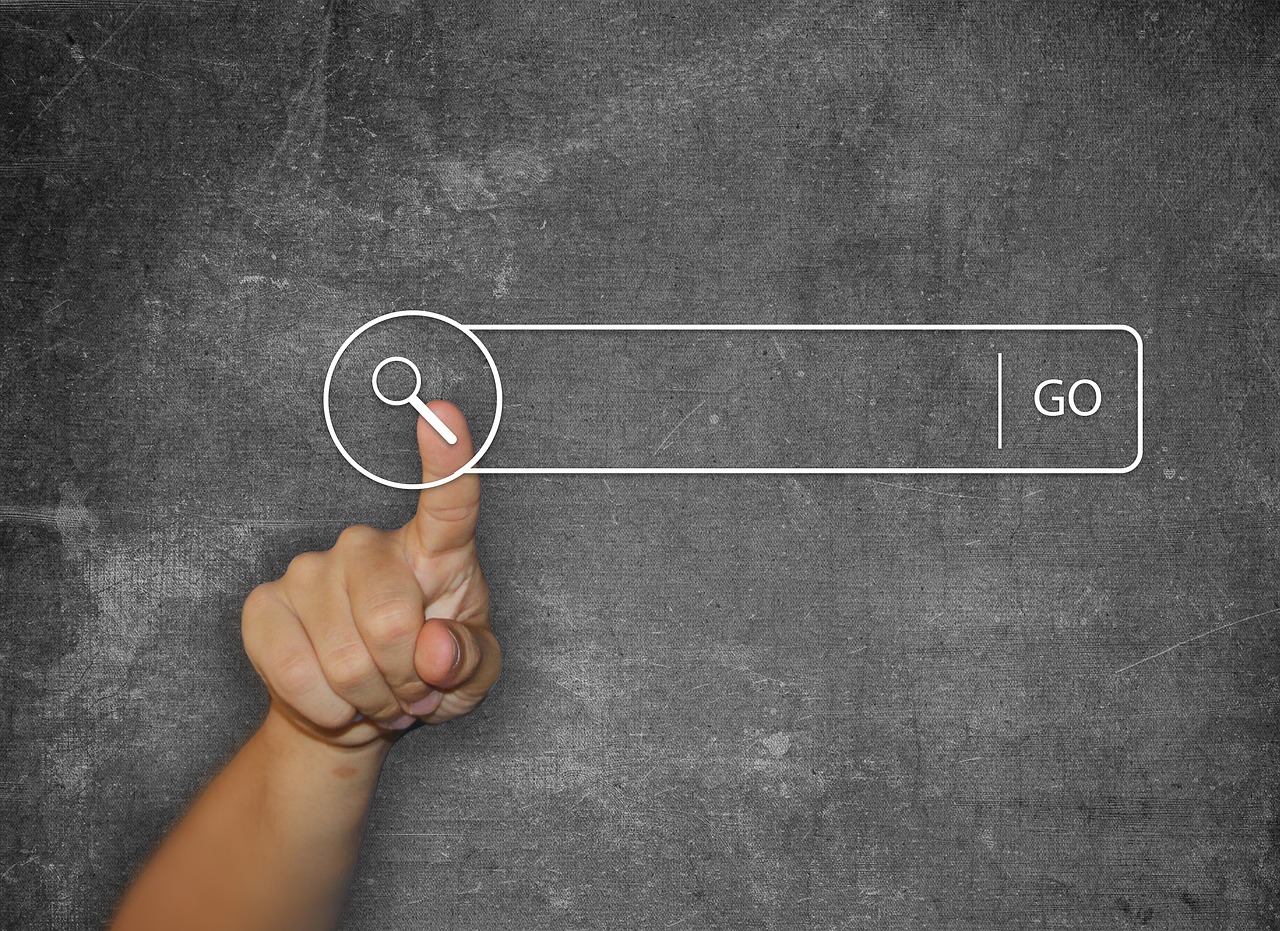

What Are Alt Tags and Why Are They Important?

Alt tags, also known as alternative text, are descriptions added to images on your website. They serve two critical purposes: improving accessibility for visually impaired users and helping search engines understand the content of your images. Optimizing alt tags is a small yet powerful way to enhance your website's user experience and SEO performance.
What Are Alt Tags?
An alt tag is HTML code used to describe an image. If the image cannot be displayed (due to slow connections or errors), the alt tag appears as placeholder text. It also provides valuable context to screen readers, enabling visually impaired users to understand the image's purpose.
Example of an Alt Tag in HTML:
<img src= "example.jpg" alt= "A modern office with hardwood flooring and natural lighting">
Why Alt Tags Matter
- Improved Accessibility
- Alt tags make your website more inclusive by describing images for users who rely on screen readers. This is essential for compliance with web accessibility guidelines.
- Search Engine Optimization (SEO)
- Search engines like Google cannot "see" images as humans can. Alt tags provide the context to index and rank your content correctly. Optimized alt tags can improve your chances of appearing in image search results.
- Better User Experience
- If an image fails to load due to technical issues, the alt text will appear in its place, ensuring visitors understand what the image represents.
- Keyword Optimization
- Including relevant keywords in your alt tags can boost your website's SEO, helping it rank for targeted search queries.
Best Practices for Writing Alt Tags
- Be Descriptive and Specific
- Write clear and concise descriptions that explain the image content accurately.
- Example:
<img src= "team.jpg" alt= "CarpetSmart sales team helping a customer in the showroom">
- Include Keywords (Naturally)
- Incorporate relevant keywords, but avoid keyword stuffing. Focus on creating descriptions that flow naturally.
- Good Example:
<img src= "hardwood-floor.jpg" alt= "Elegant hardwood flooring in a spacious living room">
·
- Bad Example:
<img src=" hardwood-floor.jpg" alt=" hardwood floor, wooden floor, best flooring, hardwood room">
- Keep It Short and Relevant
- Alt text should typically be under 125 characters. Longer descriptions can overwhelm screen readers and lose relevance.
- Don't Use "Image of" or "Picture of"
- Screen readers already identify the content as an image, so adding this is unnecessary.
- Example:
<img src= "sale-banner.jpg" alt= "50% off carpet sale promotion banner">
- Skip Decorative Images
- If an image is purely decorative and adds no meaning, you can leave the alt tag empty:
<img src="decorative-border.jpg" alt="">
How MyCrazySimpleCMS Helps with Alt Tags
With MyCrazySimpleCMS, adding or updating alt tags is quick and easy:
- Highlight the image you want to edit in the WYSIWYG editor.
- Click on the image options and locate the Alt Tag field.
- Enter a clear, descriptive alt tag and save your changes.
- Publish your updates to make them live.
Benefits of Using Alt Tags
- It makes your website accessible to all users.
- Improves your SEO and increases visibility in image searches.
- Provides a better user experience when images fail to load.
- It helps search engines understand your content, improving rankings.
By following best practices and optimizing your alt tags, you ensure your website is user-friendly and search engine-friendly. MyCrazySimpleCMS makes it easy to optimize your images—and your website!
Here is some additional information about ALT Tags and images.



